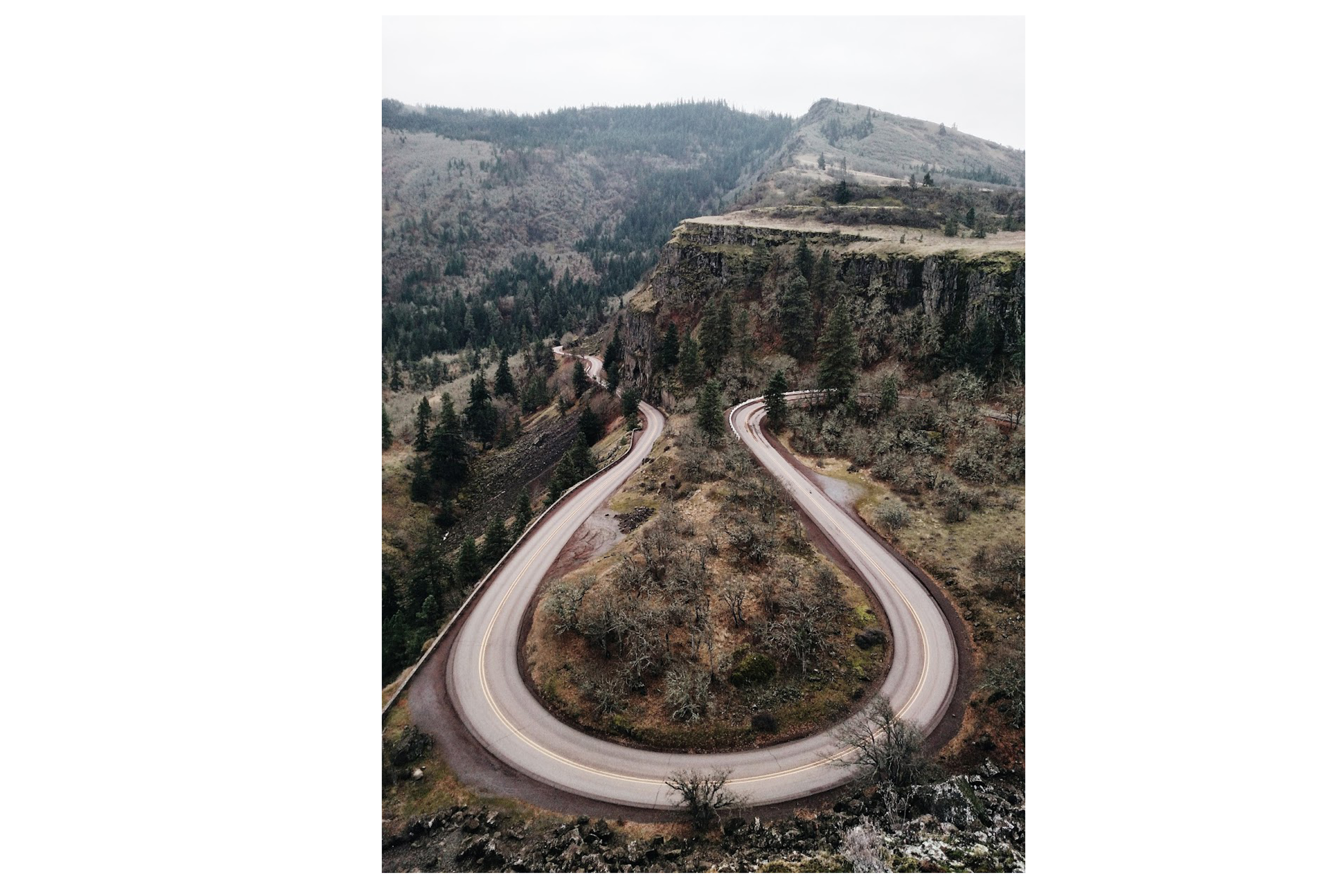The University of Oregon inched closer in its effort to rename the iconic “Made in Oregon” sign that sits atop the White Stag building in Portland Monday afternoon. More than 50 Portlanders packed into the City Development Center on Southwest Fourth Avenue and Hall to give testimony and hear the Portland Landmarks Commission debate the request to change the sign to read “University of Oregon.”
Made in Oregon’ sign debate heats up
The University of Oregon inched closer in its effort to rename the iconic “Made in Oregon” sign that sits atop the White Stag building in Portland Monday afternoon.
More than 50 Portlanders packed into the City Development Center on Southwest Fourth Avenue and Hall to give testimony and hear the Portland Landmarks Commission debate the request to change the sign to read “University of Oregon.”
After hearing public testimony, the commissioners debated briefly before agreeing that any change to the sign should have text that more closely resembles the current style. The commission and Ramsay Signs President Darryl Paulsen agreed on an extension until April 6, when Paulsen will present a new version.
Since 1978, the sign has been a local historical landmark, meaning that the Landmarks Commission must approve any change to the sign.
The sign has read “Made in Oregon,” a reference to the retail chain of the same name, since 1997. Originally, the sign was installed in 1940 and read “White Satin Sugar.” There was no stag, only the state outline. In 1959, the sign was changed to “Home of White Stag Sportswear,” and the stag was added.
The sign, owned by Ramsay Signs since it was first installed 60 years ago, has become a flashpoint of debate since the UO finished renovating the White Stag building and several others in Old Town in 2008 in an attempt to create a more visible footprint in Portland. Shortly after that, the university requested the sign be changed.
Commissioner Harris Matarazzo said of the correspondences they have received, almost four to one are in favor of keeping the sign the way it is. A Facebook page in support of not changing the sign has nearly 10,000 members. Paulsen called the dissenters a “vocal minority.”
“We had the same controversy last time we changed it,” Paulsen said. “Lot of emotion, lot of sentiment attached to the old letters. Now we have the same sentiment attached to the new letters.”
Paulsen said the cost of operating the sign is “not cheap,” and while he declined to give specifics he indicated that the electricity bill alone runs more than $400 a month.
“We’ve always had a sponsor,” Paulsen said, adding during his testimony that if not sponsored, the sign would be taken down.
The city’s official recommendation was to deny Paulsen’s proposal based on several pieces of “historical” criteria that have not been met, such as the scale, size and number of letters. In addition, the current sign features a “cut-off” letter “g” and a “quirky” letter “e” that commissioners found important to keep.
“We’ll go back, give it to our design department and work that historic ‘e’ into the font and recreate that angularity of the White Stag font … and resubmit it to the city,” Paulsen said.
Several members of the community spoke out at the meeting, both in favor and against changing the sign. While the commission could not make a decision based on the content of the sign’s text, many Portlanders against changing the sign noted that the city would be significantly altering one of its most recognizable landmarks.
One community member, David Wedge, volunteered to pay up to $5,000 to help keep the sign the way it is.
“If the sign is owned by a public trust, I’ll invest $5,000 for maintenance, utilities and purchasing the lease,” Wedge said. “For me, it’s commercial value. I find it to be very important for [it to be] a symbol of Portland.
Coming home, you see that sign when you get off the plane. Whether it’s rain or shine, you still see that symbol of the city.”
Portland State Student Body President Hannah Fisher also testified against changing the sign. She said the sign would give the UO an unfair advantage over the other 15 colleges and universities that are housed within the city limits.
“We all need to fundraise. We all need to raise visibility,” she said. “It should not be at the cost of overshadowing each other. Making the sign into a ‘University of Oregon’ sign will do just that.”
Matarazzo said he hoped that the two sides could come to an agreement that left all parties satisfied.
“It’s more than just a brand,” he said.



